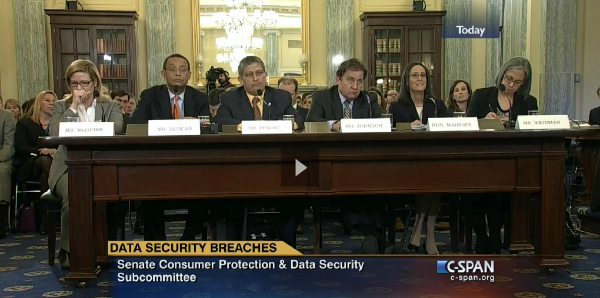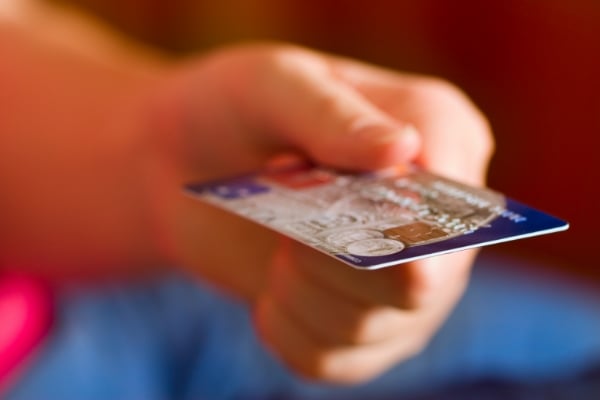
For much of past year, the debut of Apple Pay was eagerly anticipated to be the solution to a litany of credit card payment problems. And certainly the new method of transacting is game-changing in that it employs not only a cryptogram (much like EMV credit and debit transactions use), but also a dynamically generated 16-digit token, ensuring that merchants never directly receive or have the ability to store customers’ actual credit card numbers - which would go a long way toward preventing the large payment card breaches that have dotted the landscape for the last several years.
In addition to the tokenization, transactions are also authorized using either Touch ID (fingerprint) or through a PIN number, providing an extra layer of security to ensure that purchases are verified through the iPhone owner, in case the device gets lost or stolen.
But the problem isn’t with the transactions themselves - it’s with the card set up process.



 Many have called 2014 “
Many have called 2014 “












